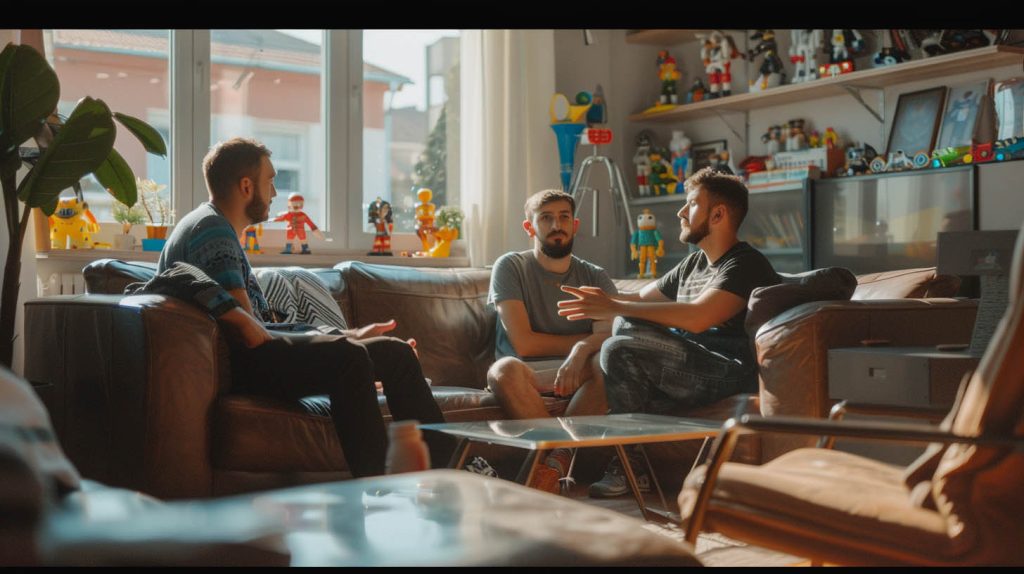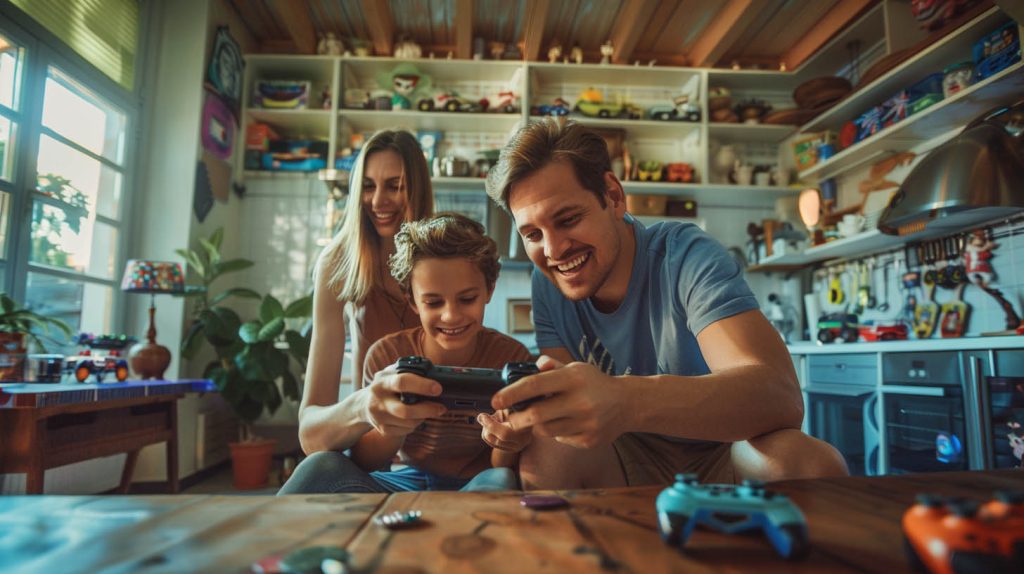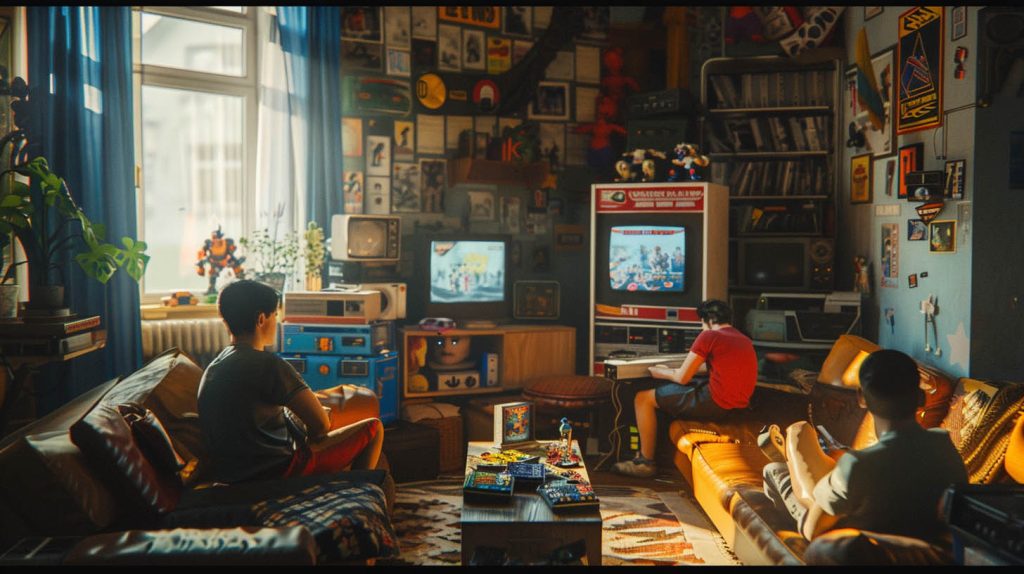When you buy through our links, we may earn a commission. Learn more.
Understanding Vintage Toy Collecting
Vintage toy collecting is a multifaceted hobby that connects us to our past and allows us to explore the stories behind toys from different eras. By understanding the roots of collecting, the emotions tied to nostalgia, and how to assess toy condition and value, we can navigate this rewarding journey more effectively.
Origins and History of Toy Collecting
Toy collecting dates back to ancient times when people cherished handmade items. In the 20th century, the rise of mass production made toys more accessible, leading to the dawn of toy collecting as we know it.
The 1950s and 60s saw a surge in interest as baby boomers began to reminisce about their childhood. Many adults started to collect toys from their youth, like G.I. Joe figures and Barbie dolls.
Today, vintage toy collectors seek items that evoke memories, with some collecting for investment purposes. Antique toys, often dating back to the early 1900s, also hold significant historical value and contribute to the rich tapestry of toy collecting.
The Psychology of Nostalgia and Collecting
Nostalgia plays a crucial role in vintage toy collecting. We often associate toys with happy childhood memories that provide comfort and joy. This emotional connection drives us to seek out toys that remind us of simpler times.
Collecting also fulfills a need for creativity and self-expression. By curating our collections, we showcase our unique tastes and interests.
Additionally, the thrill of finding rare and valuable pieces adds to the excitement. Each discovery can feel like a treasure hunt, igniting passion and enthusiasm in our collecting journey.
Defining ‘Vintage’: Era and Value
The term ‘vintage’ commonly refers to toys created at least 20 years ago. Many collectors specifically look for items from the mid-20th century, particularly from the 1950s to the 1980s, when toy production was booming.
The value of vintage toys depends on several factors, including:
- Rarity: Limited production runs increase desirability.
- Condition: Pristine items fetch higher prices.
- Popularity: Toys from hit franchises often have a stronger market.
Understanding these criteria helps us gauge the worth of our collections effectively.
Categories of Vintage Toys
Vintage toys can be grouped into several categories, making it easier for us to focus our collecting efforts:
- Action Figures: Prominent brands include G.I. Joe and Transformers.
- Dolls: Barbie and Cabbage Patch Kids remain popular among collectors.
- Model Trains: Brands like Lionel and HO scale models have dedicated followings.
- Board Games: Classic games from our childhood often spark interest.
- Playsets: Toys that come with additional features or accessories are highly sought after.
Familiarizing ourselves with these categories can refine our collecting strategies and deepen our appreciation for vintage toys.
Condition and Authenticity Assessment
Assessing the condition of vintage toys is vital to determine their value. We need to look for the following:
- Mint Condition: Items that are unopened, in the original packaging, and flawless.
- Lightly Used: Toys that show minimal wear but retain most features.
- Restored: Items that have been refurbished but may not fetch top dollar.
Authenticity is also paramount. Knowing how to spot reproductions or fakes ensures we invest wisely. Checking for marks, seals, and manufacturing details can help us verify a toy’s legitimacy.
By understanding these aspects of collecting, we can navigate the vintage toy market more confidently and enrich our experiences as collectors.
Navigating the Vintage Toy Market
Understanding the vintage toy market requires knowledge about key players, effective strategies for buying and selling, and staying updated on market trends. This section will guide us through essential aspects of engaging with this fascinating world.
Key Players in the Vintage Toy Market
We should be familiar with the main players in this market. Major platforms include eBay, where we can find a wide range of vintage toys. Other online marketplaces like Etsy and Facebook Marketplace also cater to collectors.
Additionally, we can’t overlook specialized retailers and auction houses. They often handle rare items that might not be on typical online sites. Toy reference sites are great for research, offering price guides and estimated values. Joining online communities and forums, such as those on Reddit, can help connect us with other collectors and experts in the field.
Effective Strategies for Buying and Selling
When it comes to buying and selling vintage toys, we should adopt strategic approaches.
- Research Thoroughly: Before making any purchase or sale, we need to research the item’s history and current market value.
- Use Price Guides: These guides help us understand the estimated value of our toys. Sites like Beetlejuice offer insight into specific items.
- Condition Matters: Always assess the condition of the toys. Items in mint condition fetch higher prices.
- Bundle Deals: Selling items as bundles can attract buyers looking for variety, possibly maximizing our profits.
By using these strategies, we can enhance our buying and selling experiences.
Online Presence: Forums and Marketplaces
Building an online presence is vital in the vintage toy market. We can join forums and communities where enthusiasts share knowledge about specific toys. Websites dedicated to the toy industry provide valuable insights into trends and pricing.
Using social media platforms, we can showcase our collection. Engaging with followers can lead to potential sales or trades. Posting high-quality images and detailed descriptions helps attract interested buyers. Communities that focus on vintage pop culture are especially useful, as they understand the sentimental value behind collectibles.
The Role of Conventions and Events
Attending conventions and events greatly benefits us as vintage toy enthusiasts. These gatherings present opportunities to buy, sell, and trade collectibles. We can also discover rare items not available anywhere else.
Conventions often feature guest speakers, panels, and workshops where we can learn more about the industry. Meeting fellow collectors in person helps us expand our network. Local toy shows are also valuable, offering a more intimate setting to connect with other collectors.
Keeping Up with Market Trends
To make informed decisions, we must keep up with market trends. Monitoring popular toys and their evolving values is crucial. Websites that track toy prices, along with forums discussing trends, provide valuable information.
Regularly checking auction results on platforms like eBay gives us insight into what collectors are currently seeking. Following industry news related to pop culture can also influence toy values. Understanding these trends allows us to buy low and sell high.
By staying informed, we position ourselves advantageously within the vintage toy market.
I’m Cartez Augustus, a content creator based in Houston, Texas. I’ve been exploring a variety of niches in content marketing in order to increase website traffic. I enjoy experimenting with artificial intelligence, search engine optimization, and paid search. The process of creating nerd-related content has been extremely rewarding since it has enabled me to network with people who are knowledgeable about these subjects.


